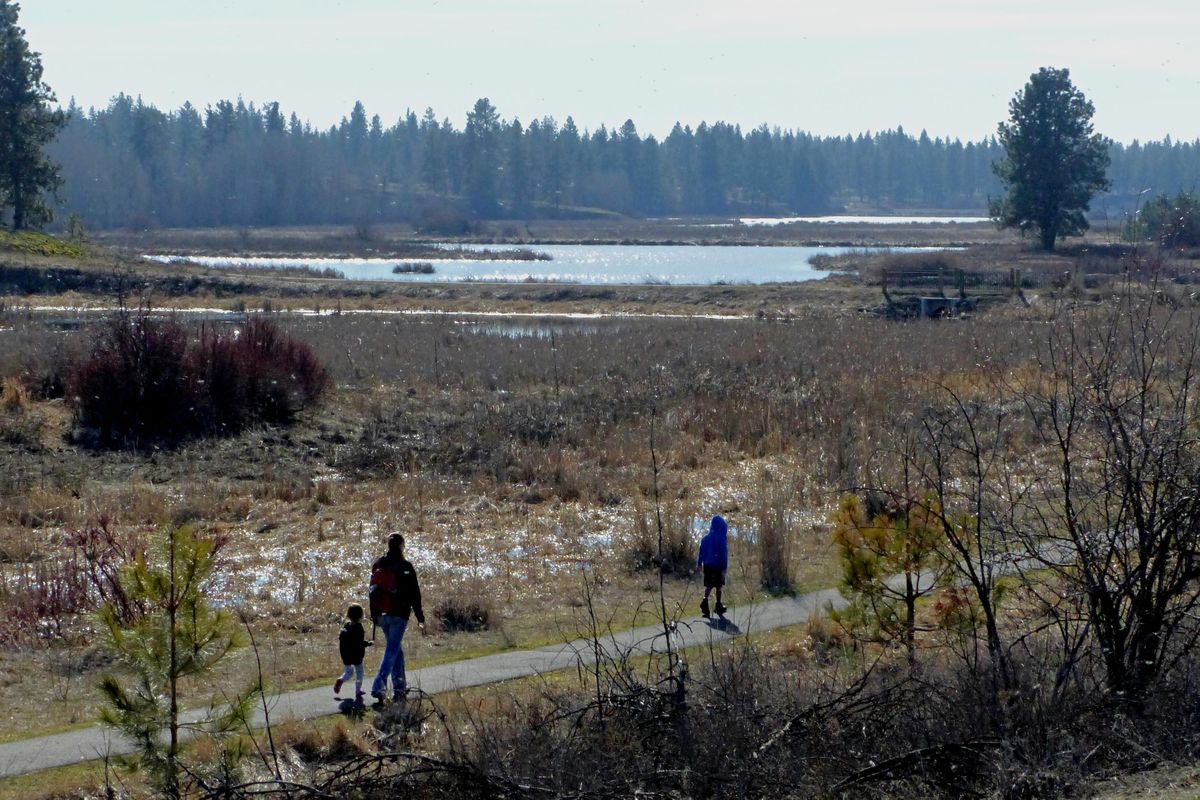Turnbull National Wildlife Refuge adds 1,500 acres of former ranchland

The Turnbull National Wildlife Refuge added about 1,500 acres of former ranchland to its boundary in January.
The refuge purchased the Jolly Jack Ranch, east of refuge headquarters, for $3 million, said Mike Rule, Turnbull’s biologist.
The former ranchland once contained several wetlands that were drained for agricultural reasons, Rule said. The wetlands will be restored and may serve as prime habitat for Spalding’s catchfly, a threatened plant that’s native to the Eastern Washington scablands.
“If this Jolly Jack piece doesn’t already have catchfly on it, we could plant it on it,” Rule said.
A restored watershed will also mean more water will flow into the refuge.
“It has several wetlands that were ditched and drained,” Rule said. “Those wetlands actually drain and flow onto the refuge.”
The acquisition is part of a comprehensive conservation plan adopted for Turnbull in 2007 which established a stewardship area of 12,000 acres around the refuge. Within that area, the refuge can pursue habitat acquisitions either through purchases, leases or easements.
The goal of the stewardship area is to keep “that landscape intact,” Rule said.
Land sales are voluntary. In 2008, the refuge sent letters to the owners of land deemed high priority expressing their willingness to buy the land.
The Jolly Jack Ranch was purchased with Federal Duck Stamp money.
Including the Jolly Jack purchase, the refuge has acquired 4,500 acres since 2007, Rule said. The refuge is expected to continue to add between 200 and 400 acres per year for the near future, Rule said, although land values are starting to go up.
“Jolly Jack was definitely the largest track that we’ve acquired so far,” Rule said.
Chris Bonsignore, Ducks Unlimited’s manager for conservation programs in Spokane, said his organization supports the continued expansion of Turnbull, even if it isn’t playing a direct role.
“DU generally supports Turnbull’s protection of important habitats in the Channeled Scablands, particularly when it benefits waterfowl and provides expanded opportunities for public recreation and education,” he said in an email.
Spokane County parks planner Paul Knowles said the acquisition fits into the larger regional effort to preserve and protect natural areas.
“Habitat connectivity and creating larger areas of conserved habitat are key factors in maintaining long-term biodiversity in this region,” he said in an email.